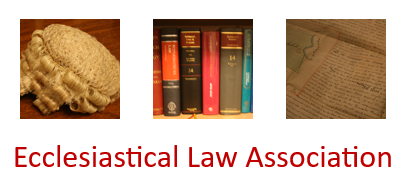A lady (“XY”) in her 90s had lived with her sister and brother-in-law since 1988. The sister and brother-in-law had both died and were buried in the same grave. It had always been understood by XY and her family that XY would be buried in a grave next to her sister and brother-in-law. XY believed that the adjoining grave had been reserved for her, though no record has ever been found of a formal reservation. Unfortunately, someone else was buried in the grave intended for XY. When a close friend of XY discovered this, she applied, without the knowledge of XY, for a faculty for the remains of the person who had been interred in the grave informally reserved for XY to be exhumed (with the consent of that person’s family) and reinterred in another grave next to relatives, so that in due time XY’s body could be buried in the intended grave. The Chancellor accepted that a mistake had been made and he granted a faculty.

